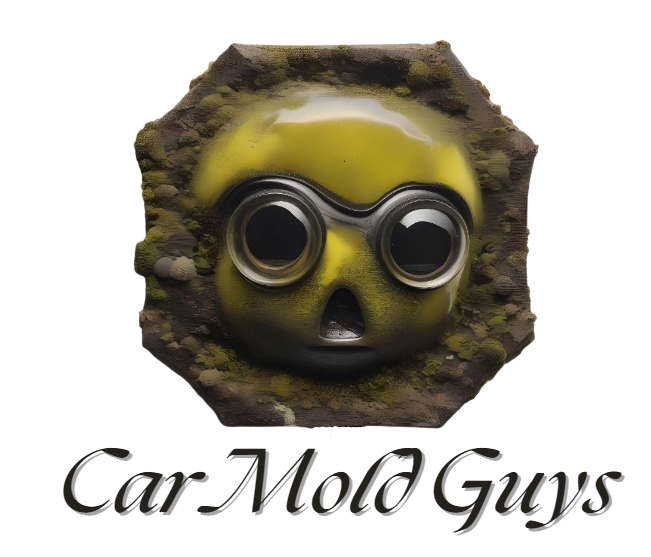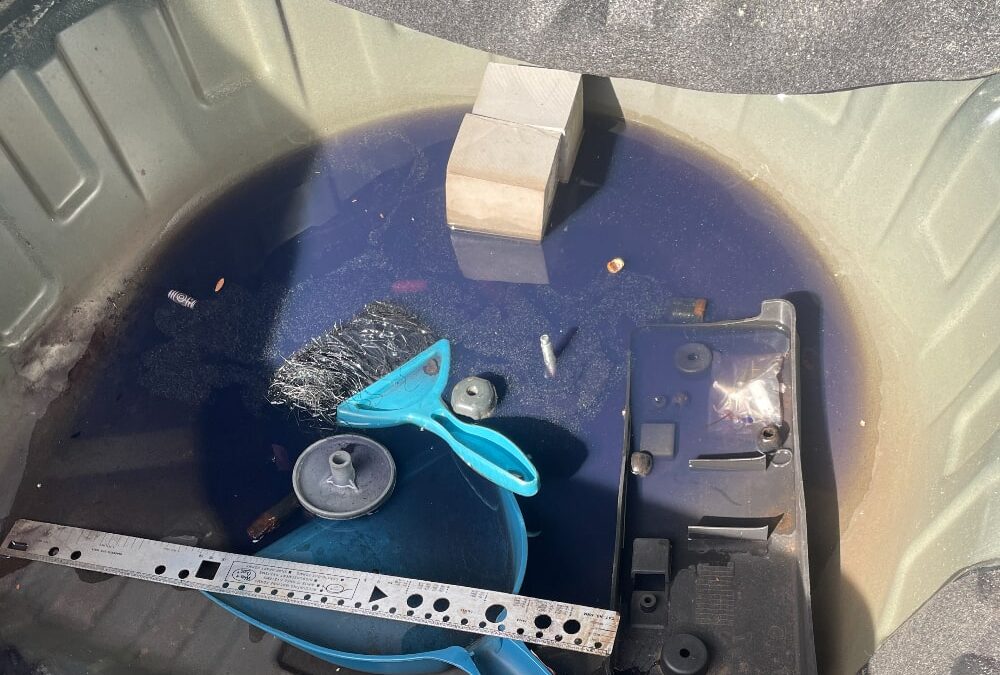Why Do I Continue to Get Water in My Car?
Continued water ingress into your car can be due to several reasons, often involving multiple potential sources and contributing factors. Here are some common reasons why your car might still be getting water inside:
Common Causes of Persistent Water Leaks
- Faulty or Worn Seals:
- Door Seals: Over time, the rubber seals around your doors can become brittle, cracked, or misaligned, allowing water to seep through.
- Window Seals: Seals around windows can also degrade, leading to leaks during rain or car washes.
- Trunk Seals: The rubber seal around the trunk can wear out or get damaged, letting water in.
- Sunroof Issues:
- Clogged Drains: Sunroofs have drainage channels that can get clogged with debris, causing water to overflow into the car.
- Seal Failure: The seal around the sunroof itself can wear out or get damaged.
- Windshield and Window Problems:
- Improper Installation: If the windshield or windows were replaced improperly, they might not be sealed correctly.
- Cracks and Chips: Small cracks or chips in the windshield can allow water to seep in.
- Body Panel Gaps:
- Misaligned Panels: Body panels that are not properly aligned or have gaps can allow water to enter.
- Rust and Corrosion: Rust can create holes or gaps in the car body, particularly in older vehicles.
- HVAC System Issues:
- Clogged A/C Drain: The air conditioning system has a drain to remove condensation. If this drain is clogged, water can back up into the car.
- Heater Core Leak: A leaking heater core can also introduce water into the interior.
- Structural Damage:
- Previous Accidents: If the car has been in an accident, there could be hidden structural damage that compromises its ability to stay watertight.
- Roof Racks and Accessories: Improperly installed roof racks or other accessories can create entry points for water.
- Door Membranes:
- Damaged Membranes: The plastic membranes inside the doors, designed to keep water out, can get damaged or improperly installed.
- Poor Drainage Channels:
- Blocked Drains: Various drainage channels in the car can become blocked by leaves, dirt, or other debris.
- Poor Design: Some car models have inherently poor drainage designs that are prone to clogging or inadequate water diversion.
Steps to Diagnose and Fix Persistent Water Leaks
- Comprehensive Inspection:
- Conduct a detailed inspection of all potential entry points, including door and window seals, the sunroof, and body panels.
- Check for visible signs of wear, damage, or misalignment.
- Water Test:
- Use a hose to systematically spray water on different parts of the car while someone inside observes for leaks. This can help pinpoint the exact location of the ingress.
- Interior Check:
- Lift carpets and inspect the padding and floor for dampness or mold, which can indicate the leak’s location.
- Check the trunk and spare tire well for water accumulation.
- Professional Tools:
- Consider using professional tools like smoke machines or UV dyes to detect leaks more accurately.
- Maintenance and Repairs:
- Replace worn or damaged seals around doors, windows, and the trunk.
- Ensure sunroof drains are clear and functioning properly.
- Check and clear the A/C drain and inspect the heater core.
- Realign or repair misaligned body panels and ensure all accessories are properly sealed.
Professional Mold Remediation
Professional car technicians use a variety of methods to find leaks in a car. These methods are designed to be thorough and precise, ensuring that even the smallest leaks are identified and addressed. Here are some of the techniques they commonly use:
Comprehensive Inspection
- Moisture Source Identification: Professionals identify and address the source of moisture that caused mold growth. This could involve checking seals, weather stripping, HVAC systems, and drainage areas.
- Extent of Mold Growth: They assess the extent of mold contamination, including areas not visible to the naked eye, such as behind panels, under carpets, and within the HVAC system.
Exterior and Interior Check
- Seals and Weather Stripping: Inspect all seals around windows, doors, the trunk, and the sunroof for any visible signs of wear, damage, or improper installation.
- Undercarriage: Check the undercarriage for any rust or corrosion that might indicate water ingress.
- Interior Carpets and Mats: Look for dampness, stains, or mold on carpets and floor mats.
- Window and Windshield Seals: Closely inspect the seals around the windshield and windows for cracks or gaps.
- Broken lap welds from accidents. When a car is in an accident it often results in seam or lap welds being broken. Unfortunately, broken welds are often missed by body shops during the repair process.
- Door Seals: Door seals are designed to keep water out of your car’s interior. However, they can also wear out, become damaged, or come loose, allowing water to enter the cabin. Inspect the door seals for cracks, gaps, or debris that may prevent them from sealing properly. If you find a damaged seal, replace it or use a weatherstripping adhesive to reattach it.
- Sunroof: Sunroofs are a common source of water leaks in cars, especially if they’re not maintained properly. The sunroof’s drain channels can become clogged with debris, causing water to overflow and enter the vehicle. To address this issue, clean the drain channels and ensure they are free of obstructions. Additionally, check the sunroof seal for any signs of wear or damage.
- Cowl Area: The cowl area, located at the base of the windshield, is designed to direct water away from the vehicle. However, if the cowl’s drains or the area around them become clogged, water can enter the cabin through the ventilation system. To prevent this, regularly clean the cowl area and ensure the drains are functioning properly.
- Taillight Gaskets: Taillight gaskets can become damaged or wear out over time, allowing water to seep into the trunk or rear cabin area. If you notice water pooling in your trunk or condensation inside your taillights, inspect the gaskets for damage and replace them if necessary.
Ongoing Preventive Measures:
- Regularly clean and maintain drainage channels and sunroof drains.
- Keep the car clean to prevent debris from accumulating and blocking drains.
- Inspect seals and gaskets periodically for signs of wear and replace them as needed.
Conclusion
Persistent water ingress in a car can be due to a combination of factors, from faulty seals and clogged drains to structural damage and poor drainage design. Identifying the exact cause requires a thorough inspection and sometimes professional diagnostic tools. Regular maintenance and timely repairs are crucial to preventing further water damage and ensuring a dry, comfortable car interior. If you continue to experience water ingress despite your efforts, consulting a professional might be necessary to identify and resolve the issue comprehensively.

